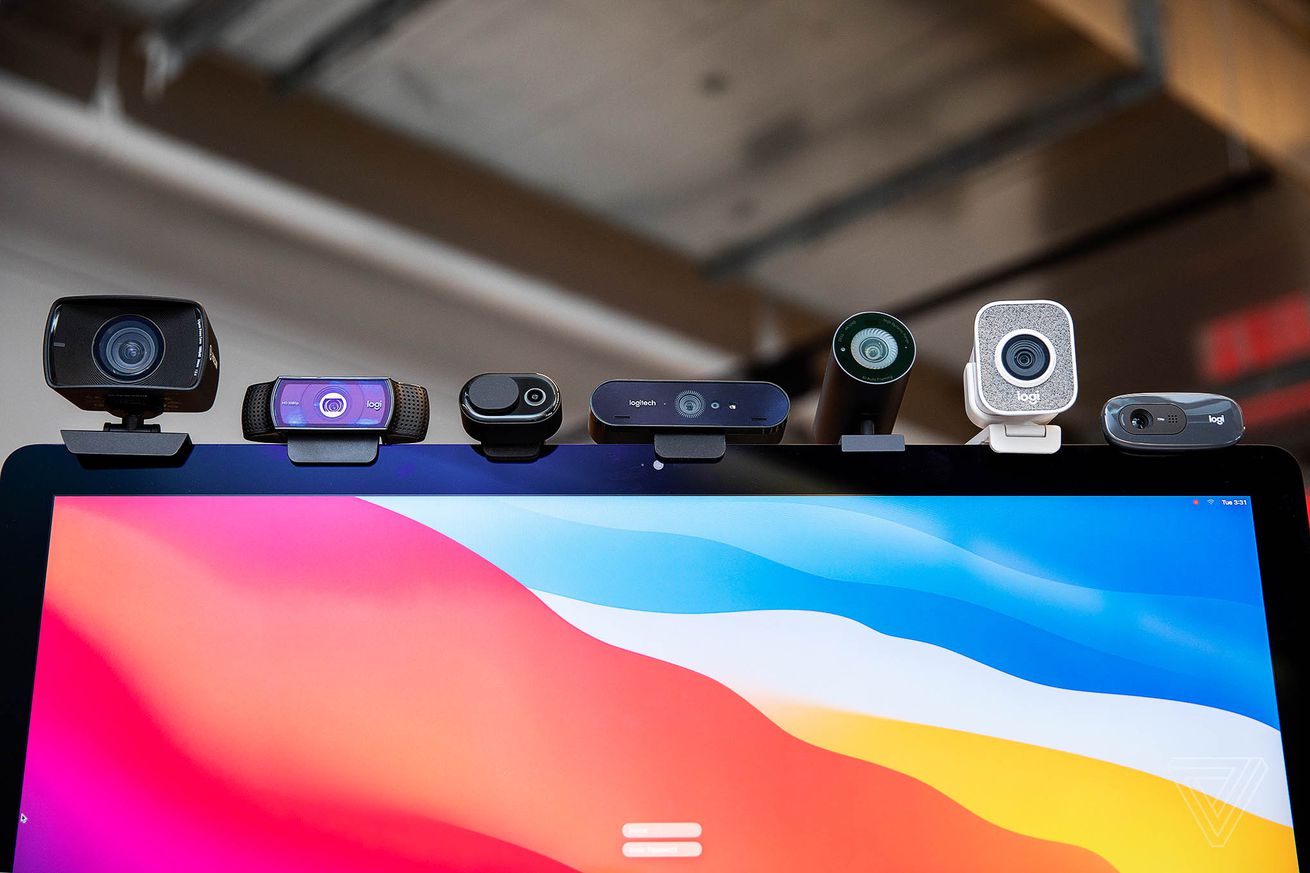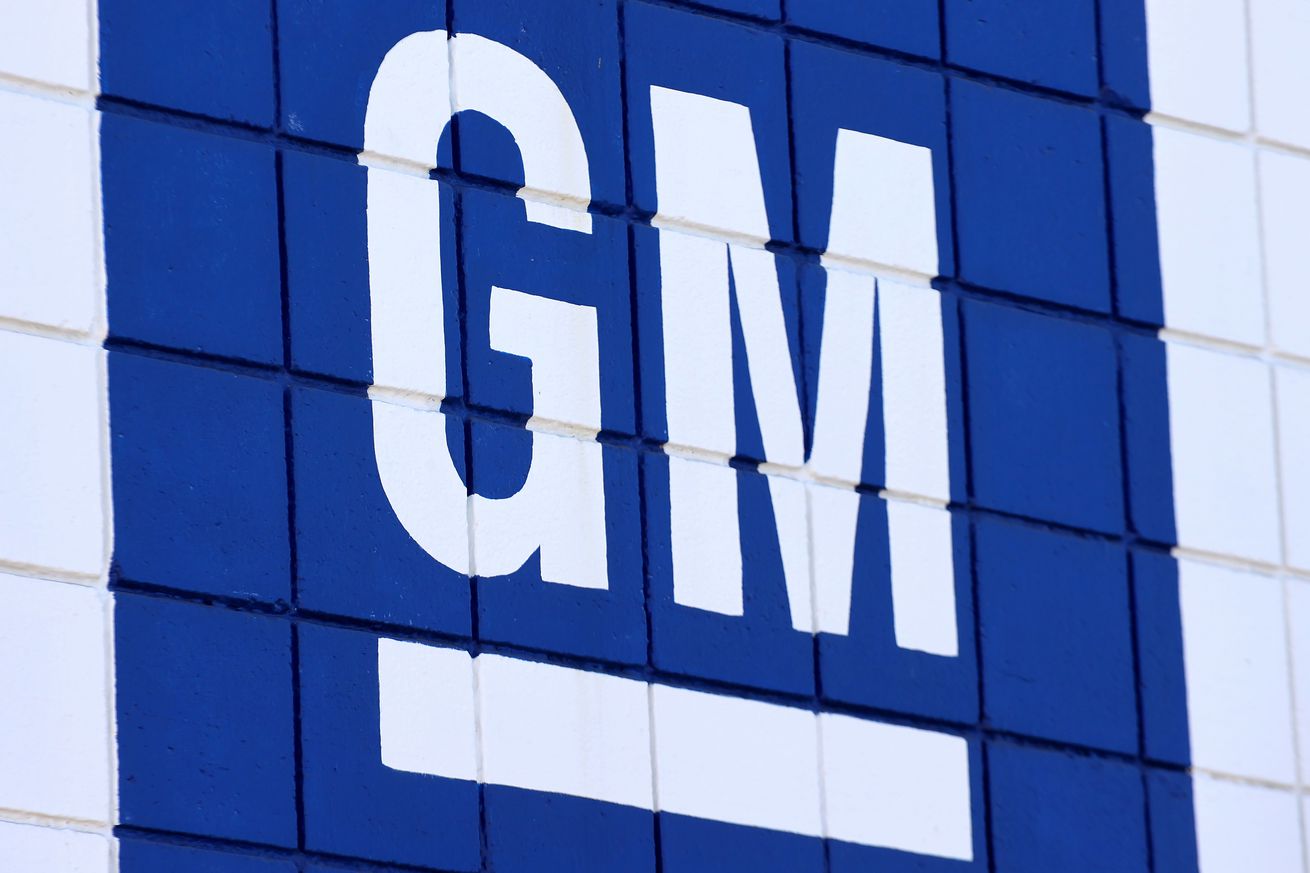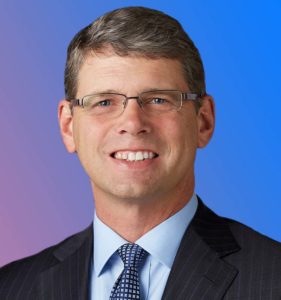
We’re radically underestimating the true cost of our carbon footprint.
The Supreme Court decided on May 26 to allow President Joe Biden’s administration to continue using a key metric in the fight against climate change.
The court’s order, in refusing to put back an order from a federal judge in Louisiana that had blocked the administration, is just one line long. But it represents a big setback for the Republican-led states that have been suing the president over the metric, known as the social cost of carbon: a measure, in dollars, of how much damage results from emitting 1 ton of carbon dioxide.
Being able to discuss the damage in terms of a precise dollar amount is important because it allows policymakers to show when the benefits of preventing global warming are greater than the costs. At some point it just becomes cheaper to switch to sustainable systems instead of coping with all the wildfires, floods, droughts, and heat waves that result from unsustainable systems.
In 2021, Biden signed an executive order that tasked a working group with determining the social cost of carbon (SCC). The working group decided to go with an interim figure of $51 per ton — the same SCC the Obama administration used — until it could study the matter in depth and release a final determination that’s updated to the latest science.
But under the Trump administration, the SCC was as low as $1, in part because of a decision to factor in only domestic, not global, impacts of emissions. Compared to $1, the $51 price tag the Biden administration reverted to is high — and the Republican states suing Biden, led by Louisiana, are not happy with it.
Knowing that the SCC is used in regulating carbon-emitting projects, like oil and gas drilling, the red states had argued that the price tag is a “power grab” designed to “manipulate America’s entire federal regulatory apparatus through speculative costs and benefits.”
But according to some top environmental economists, we have good reason to believe the true cost of emitting carbon is actually a lot higher than even a $51 price tag suggests.
There are a couple of reasons for that. First, until recently, the economists who calculated the SCC had barely factored in one of the biggest harms that climate change can cause: human mortality. Second, the way the SCC had been calculated rested on a problematic premise: that damage in the future counts for significantly less than damage in the present.
Let’s look at each of these issues in turn to understand why some experts now say the true cost of carbon per ton should really be much, much higher than we’d thought. In addition to having major policy implications, this discussion has major moral implications: It goes to the heart of our ethical responsibility to care for future generations.
The cost of our carbon footprint — in human lives
Record-shattering temperatures, which have led to recent heat waves like the one in India and Pakistan, make it painfully obvious that climate change isn’t a far-off threat — it’s already killing people.
So you might think that the SCC would also include a decent estimate as to the number of climate-related deaths per ton. But due to a lack of reliable data, it didn’t. There was no centralized data source enabling scientists to access daily temperature-related mortality figures for each country, so deaths barely factored into the calculation.
In 2021, the economist Danny Bressler published a study in the journal Nature Communications that attempts to rectify that shortcoming. His paper updates the SCC based on findings that have emerged in the last few years about heat-related deaths.
When Bressler factored in the projected deaths — what he calls “the mortality cost of carbon” — the SCC jumped to a whopping $258 per ton.
To break that down a bit: Bressler found that adding 4,434 metric tons of carbon dioxide into the atmosphere would result in one heat-related death this century. That’s equivalent to the lifetime emissions of 3.5 Americans.
People in other nations emit much less. For example, it would take the combined lifetime emissions of 146.2 Nigerians to kill one person.
This highlights one of the injustices of climate change. On a per-capita basis, people in richer, cooler countries produce far more emissions than people in poorer, hotter countries who suffer most of the damage.
It’s important to emphasize that Bressler’s estimate is only taking into account temperature-related mortality. (That means the net effect of having more hot days and fewer cold days.) But we know there are a lot of other climate-related events that can lead to death, including flooding, crop failures, disease transmission, and wars. Bressler told me he couldn’t factor them in due to a lack of rigorous data.
“But if you add in those other pathways,” Bressler said, “yeah, that would probably make the number go up.”
At this point, you might be wondering where, exactly, these sorts of numbers come from.
In the early ’90s, American economist William Nordhaus first figured out how to attach a price tag to the damage caused by 1 ton of carbon dioxide, a contribution deemed so valuable that he won a Nobel Prize for it. His model was dubbed the “Dynamic Integrated Climate-Economy,” or DICE (to emphasize that we’re playing dice with the planet’s future).
Bressler used Nordhaus’s original DICE model to calculate the SCC. He left all the parameters the same but added in the mortality costs of carbon, which the original model didn’t properly incorporate. That’s what made the SCC jump to $258.
Some experts say that number might be too high. But even if it’s somewhere in the right ballpark, that means it’s extremely worthwhile — not only morally but also in purely economic terms — to reduce emissions fast. More specifically, the main policy implication of the revamped model is that we should commit to full decarbonization by 2050. Note that while your choices as an individual factor into this, we can make a much greater impact by focusing on what governments and businesses do. “If you want to make as large-scale change as possible, do things at the level of policy or the level of business,” Bressler said.
If we fully decarbonize by 2050 rather than letting emissions grow in line with Nordhaus’s baseline scenario (which sees our emissions plateau close to the end of the century), we could bring down the expected number of heat-related deaths this century from 83 million to 9 million, according to Bressler. In other words, we could save 74 million lives. That’s roughly the number of people who died in World War II, the deadliest conflict in history.
The rate at which we’re “discounting” the future is too high
Unless you’ve studied economics, you may have never heard about discount rates. But it’s a key idea to wrap your head around, so let’s go ahead and unpack it.
The basic idea behind discount rates is that future damages or benefits are worth less than those in the present. That might sound unintuitive, but we all use discounting, whether we realize it or not.
For example, think about the value of getting $100 today versus the value of getting $100 next year. It’s common sense that if I give you $100 today, that’s better for you because you can invest it and potentially earn a nice return by next year.
If instead I gave you $100 next year, the relative value of that gift would be “discounted.” But by how much? That depends on market realities like interest rates. Let’s say the market dictates that there’s a discount rate of 3 percent per year. That means what I give you a year from now is worth only 97 percent of what I give you this year. And the picture gets worse and worse with each passing year, since any earnings would have compounded over time if you’d been able to invest earlier.
When environmental economists talk about discounting, they’re typically operating with the underlying assumption that society is likely to be richer in the future, as that’s the pattern we’ve seen over the past couple of centuries. So a benefit worth $100 is going to be worth less to us in the future than today. Likewise, $100 worth of damage from climate change will matter less to us.
But how much less? Economists disagree vehemently on the answer.
Nordhaus, the Nobel winner who created the DICE model, was a proponent of using a 3 percent discount rate. British economist Nicholas Stern argued in his famed 2006 Stern Review for using a lower discount rate of 1.4 percent, which would lead to a higher SCC.
To understand their disagreement, consider that there are two main reasons to discount the future. The first is the reason we just covered: An extra dollar is worth less to a wealthy person than to a poorer person, and the assumption is that future people will be wealthier. Nordhaus and Stern wouldn’t disagree about that.
But the second reason for discounting is more contentious. It has to do with the fact that people tend to value the future less than the present. In wonky terms, this is called the “rate of pure time preference.”
As Bressler explained, “Nordhaus would say people are naturally myopic — they naturally discount the future relative to today — and it’s not up to us as economists to tell people what to think. Whereas Stern would say, ‘Well, we need to consider all the generations in our economic analysis, not just the present one, and we shouldn’t discount the future just because it’s in the future.’”
This argument gets at a core problem of climate advocacy: It’s hard enough to get people to invest in their own future, and persuading them to highly value future generations who can’t advocate for themselves is even harder. But because Stern thought it wrong to implicitly discriminate against the future generations who will bear the brunt of our emissions, he put less value on the rate of pure time preference, and as a result came up with a lower discount rate.
Interestingly, what Bressler’s study shows is that even when we assume Nordhaus’s higher discount rate and just add in the mortality impacts, we still get a big increase in the social cost of carbon.
And what happens to the SCC if we try using Stern’s lower discount rate?
“Oh, it goes way up,” Bressler told me. “Way, way up. It goes into the thousands of dollars.”
Laurie Johnson, former chief economist of the Natural Resources Defense Council and now executive director at the Climate Cost Project, didn’t bat an eye at the idea of a social cost of carbon in the thousands. She told me that’s a reasonable number per ton.
“People are suffering and dying, and more people will be suffering and dying,” she said, emphasizing that Bressler’s mortality estimates account for only a small fraction of the deaths we’ll see.
Other experts likewise believe the US has been using an overly high discount rate and thus underestimating the SCC. Economists Tamma Carleton and Michael Greenstone, for example, argued in a paper that the discount rate should be no higher than 2 percent. When they plugged in that rate, it resulted in a SCC of $125.
Carleton said the need for a lower discount rate is justifiable on purely economic grounds. “As you might have noticed if you’ve tried to buy a house recently (among lots of other things), interest rates look very different. Capital markets have changed, and interest rates are lower,” she told me.
But there are also very strong ethical reasons to think the discount rate used to date is much too high.
The discount rate is not objective — it’s a subjective moral judgment
People do tend to value the present more than the future. You may grab that chocolate chip cookie today, for instance, even though you know it means you’ll have to lean into the diet extra hard tomorrow. But that doesn’t necessarily mean our climate models should follow suit. In fact, some philosophers think baking in people’s rate of pure time preference is a terrible idea.
“We’re basically just measuring a form of human impatience and irrationality, then trying to add it into political decision-making,” Toby Ord, a senior research fellow at the Future of Humanity Institute at Oxford University, argued on the 80,000 Hours podcast in 2017. “It doesn’t seem to be the kind of thing that one should be respecting at all. It’s just like finding a cognitive bias that we have, and then adding it back into your economic analysis in order to make your analysis biased in the same way.”
One classic reason individuals undervalue future events is because there’s a chance they’ll no longer be alive when those events happen, so they won’t be affected. That might make sense when it comes to individual choices, like eating a bunch of chocolate chip cookies. But in the case of climate change, respecting that bias means accepting that future generations will face centuries of climate disaster because of the choices we’ve made (and continue to make).
There’s an implicit intergenerational trade-off here. And although there’s no philosophical consensus about the right way to handle such trade-offs, many philosophers think we have a moral responsibility to care for future generations.
Frank Partnoy, now a Berkeley Law professor, argued this point in a 2012 interview with the New York Times. “A human life is often estimated to be worth around $10 million,” he said. “But if you apply a 3 percent discount rate to this, that means that a human life 500 years from now is only worth $3.81 today.”
Most people would agree that seems ridiculous. Philosopher Derek Parfit and economist Tyler Cowen underscored the absurdity of a social discount rate in a 1992 paper, writing: “Why should costs and benefits receive less weight, simply because they are further in the future? When the future comes, these benefits and costs will be no less real. Imagine finding out that you, having just reached your twenty-first birthday, must soon die of cancer because one evening Cleopatra wanted an extra helping of dessert. How could this be justified?”
Now, that’s not to say the pure rate of time preference should be absolutely zero. As Carleton and Greenstone wrote, “Perhaps the most compelling explanation for a nonzero pure rate of time preference is the possibility of a disaster (e.g., asteroids or nuclear war) that wipes out the population at some point in the future, thus removing the value of any events that happen afterwards.” Ord has made the same argument, suggesting we should discount the future by the extinction risk to humanity, and no more.
Whatever you think about discounting, intellectual honesty requires us to admit that how we choose to answer the question of what we owe to future generations gets baked into the discount rate and thus into the SCC. And any answer to that question will be a subjective moral judgment, not some objective mathematical truth.
“Ultimately, we can’t rely on only numbers — we have to make really hard value judgments,” Partnoy told the New York Times. “We should stop pretending this is a science and admit it is an art and talk about this in terms of ethics and fairness, not what we can observe in the markets.”
The Climate Cost Project’s Johnson agrees. “Some economists like to do a lot of smoke and mirrors and pretend that everything is objective and not based on values,” she said. “But it is based on values.”
She pointed out that even the first purely economic reason to discount the future (society will be wealthier in the future, and damages matter less the wealthier you are) is not some objective truth. She doesn’t take it for granted that economic growth will continue, since climate change could hamper or even reverse it. But many economists, she said, have an “irrational love affair” with the idea of ongoing economic growth.
“There’s a blind spot there among some economists — they really think growth can just continue like this,” Johnson said. “But it’s a delusion.”
Because Johnson thinks the first and second reasons to discount the future are deeply flawed, she does not think it makes sense to continue talking in terms of a social cost of carbon. Instead, she said we should simply set an emissions target and then determine the most cost-effective ways of reaching it.
She’s not alone. Even Stern, one of the main economists to shape the idea of the SCC, advocated for the same shift in a 2021 report he co-authored with Nobel laureate and Columbia professor Joseph Stiglitz.
Realistically, though, the Biden administration will likely set a new social cost of carbon, as it’s promised to do. The experts I spoke with expect the new SCC to factor in the latest empirical data. That includes what we now know about the mortality cost of carbon as well as data on what the market is doing; as Carleton noted, interest rates have dropped, and it wouldn’t be surprising to see that reflected in a lower discount rate — and thus a higher SCC.
The Biden administration may well follow the National Academies of Sciences, Engineering, and Medicine’s general guidance on how to determine the SCC. One important aspect of those recommendations is that they “put uncertainty center stage,” Carleton said, meaning they “price in the uncertainty we face about future economic growth — and hence future discount rates.”
This careful treatment of uncertainty would go some way toward accounting for Johnson’s objection that economic growth may not continue in the era of climate change. However, “I think the discussion still needs to be honest about what the real ethics are,” Johnson said. “You can’t reduce this problem to a mathematical equation.”
Update, May 27, 2022: This story has been updated to reflect the news that the Supreme Court declined to uphold the Republican-led states’ effort to block the Biden administration’s social cost of carbon policy.










 “I think we have been a first mover in the space to put these together in a platform that allows our customers to get these broad-based of an API-first engagement platform and then to build purpose-built applications in contact centre and then unified communications on top of that API flow.
“I think we have been a first mover in the space to put these together in a platform that allows our customers to get these broad-based of an API-first engagement platform and then to build purpose-built applications in contact centre and then unified communications on top of that API flow.
/cdn.vox-cdn.com/uploads/chorus_asset/file/22809055/GP1SVODS_High_res.JPG) Christian Braga/Greenpeace
Christian Braga/Greenpeace
/cdn.vox-cdn.com/uploads/chorus_asset/file/22806636/Image_Brazil_MatoGrosso_785_19Aug2021_300dpi.jpg) Courtesy of Amazon Conservation Association/Planet Labs
Courtesy of Amazon Conservation Association/Planet Labs
/cdn.vox-cdn.com/uploads/chorus_asset/file/22804487/brazil_esi_2021155_lrg.jpeg) Joshua Stevens/
Joshua Stevens//cdn.vox-cdn.com/uploads/chorus_asset/file/22809052/wildfire_map_amazon_1.jpg) Christina Animashaun/Vox;
Christina Animashaun/Vox; /cdn.vox-cdn.com/uploads/chorus_asset/file/22809061/GP1SVR47_High_res.JPG) Christian Braga/Greenpeace
Christian Braga/Greenpeace
/cdn.vox-cdn.com/uploads/chorus_asset/file/22807305/Image_Brazil_MatoGrosso_767_19Aug2021_300dpi.jpeg) Courtesy of Amazon Conservation Association/Planet Labs
Courtesy of Amazon Conservation Association/Planet Labs









